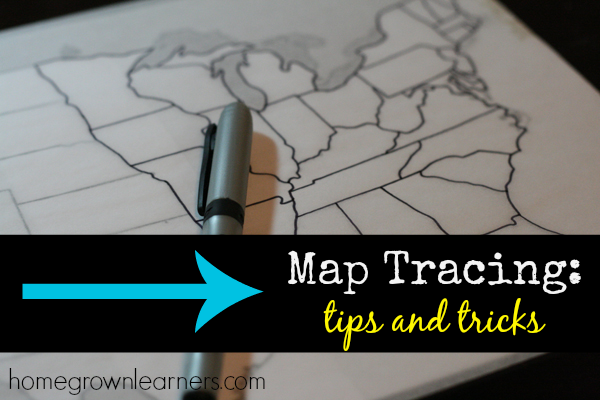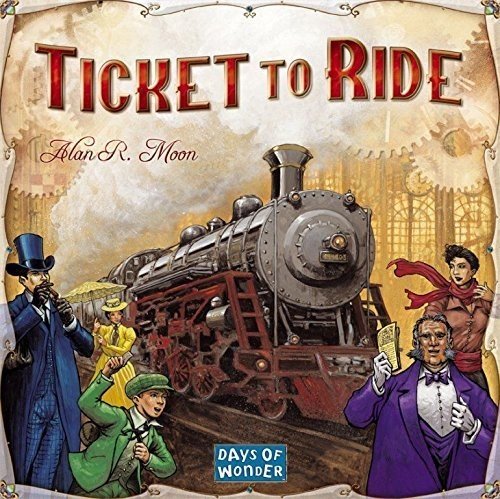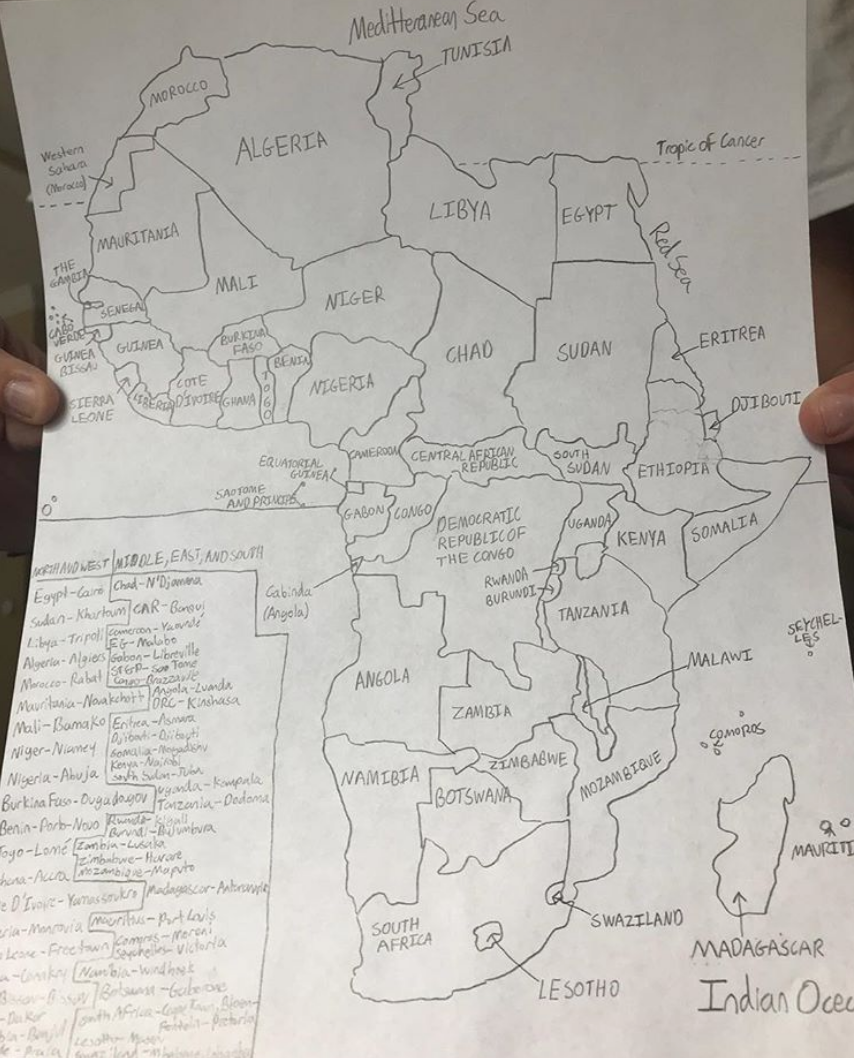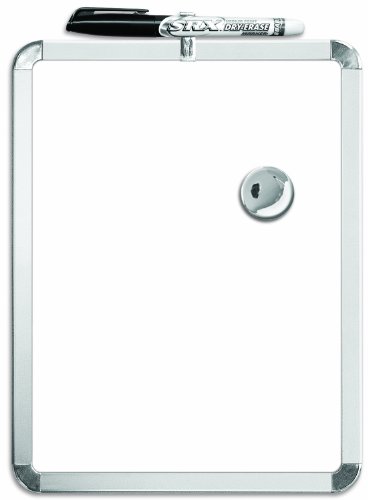A knowledge of our world is central to all other knowledge.
This knowledge provides context to everything - science, history, literature, math, fine arts, and more.
Providing our children opportunities and resources to build their geography knowledge is simple, but it requires commitment and intentionality. It should be part of our ongoing committment to continually set a beautiful educational feast before our children in our homes.
Through homeschooling, we are able to provide this knowledge so much more effectively because we can immerse our student in the world - literally.
Following are 5 simple strategies to foster a love for geography in your children. I've seen these work with my own children.
Their knowledge of the world amazes me. It has inspired me to reclaim my own geography education.
Recently, I posted a free hand drawing of Africa that my son had completed - I was shocked by the response this picture received.
So many of you asked what I did to help him achieve this.
The answer is simple: provide tools, opportunities, and inspiration
This post outlines what we've done in our homeschool to inspire a love of geography.
1. Surround Children With Geography
We've always surrounded our children with geography. Easy ways to do this:
Invest in Globes
Keep a learning globe in a place where your child can easily access it. Encourage them to play with it often. Talk to them while they play. Play together. Show a fascination in the globe and your child will follow your lead.
Hang Child-Friendly Maps
Dry-Erase Map Decals are fun in a child's room.
A simple map of the world hung in your home will always provide a point of discussion.
Use Map Placemats
Don't you remember these from when you were a kid? (I do!) Geography placemats are one of the most simple way to cement that geography knowledge, and it's so easy to strike up a conversation or an impromptu quiz during a meal, right?
Talk to Children When You Go Places
Even if it was a simple day trip, I always was talking with my kids about geography.
When they see you in the car with a physical map (shocker - don't use your phone with Google Maps!) they make the connection that following a map leads to interesting destinations and events.
When we would take trips I would print notebooking pages and have the kids create a notebook for that journey - a great way to learn more about the place, but also to help with our knowledge of geography, too.
(Pictured below are the state pages, but we've used Notebooking Pages for tracing countries of the world, too!)
2. Create a Geography Table - Blobbing & Tracing
This is the SINGLE MOST effective thing I did to nurture an interest in geography.
Read this post and watch the video below to see exactly what I included as part of our table and also what time of day we used the table.
In the post and video I mention blob mapping quite a bit. My dear friend Brandy has an excellent post and printables that help with this!
Have your children blob map DAILY. I had five and six year olds in my CC Foundations class who had such a wonderful grasp of the continents, bodies of water, and things like the Tropic of Cancer, Capricorn and the equator.
A whiteboard and a dedicated five minutes each day can go A LONG way!
Trace maps - A LOT of them!
Tracing maps turned out to be a bit of an obsession for my son. There's something about tracing paper, Ultra Fine Sharpies, and a collection of wonderful maps that just excites kids.
Once your child is good at blobbing and tracing then they will move on to drawing freehand. This takes time, but with enough exposure and time, it will come naturally to them.
3. Own Atlases & Geography Books/Read Widely
I've included my favorite geography books below. We have a geography section in our homeschool shelves that my children use liberally!
What's hard to include, however, are all of the beautiful picture and chapter books we read that took place ALL OVER the world. Each time we would read I would point out where things took place in the world.
This goes back to surrounding your children with geography - have that globe nearby and talk to your kids about where stories and events take place.
4. Play Geography Games
Anything is more enjoyable when it is a game.
We started a collection of the 10 Days games a few years ago - these are hard to find, so if you see them at a thrift store or garage sale, or a used book sale, grab them!
At some point in time, we have played each of these games, and they all inspire more geography knowledge.
Even my youngest (who is 13 and in Classical Conversations Challenge A) asks me to sit down quite and often and play a geography game with him. It is just part of his daily geography time, and I LOVE that.
Kids are never too old to play games!
5. Challenge - Draw the World!
Because both of my children went through Classical Conversations Challenge A, they were required to draw the entire world.
This is an incredibly valuable skill. Not only did they learn every country, capital and feature in our world, but they also developed a habit of discipline and perseverance to learn the sheer amount of geography knowledge necessary to complete the task.
My son is steadily working his way through each continent and takes a tremendous amount of pride in his drawings.
Keep in mind, this has been accomplished in large part because of a commitment to geography we've had for many years.
I'm so impressed with Challenge A and the geography strand in particular.
Geography is one of the most accessible, enjoyable, and valuable subjects we can expose our children to in our homeschools.
We have a unique opportunity with ample time, resources, and motivation -- seize the opportunity and give your children the WORLD!
Do you study geography in your homeschool? What does it look like? Leave me a comment below!


























































